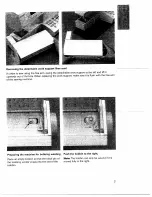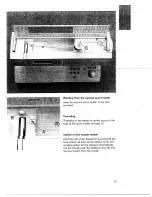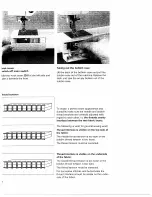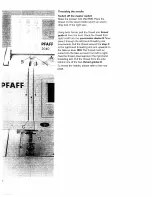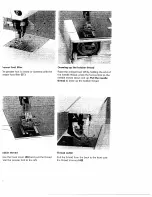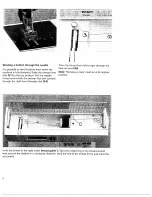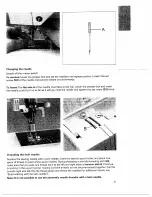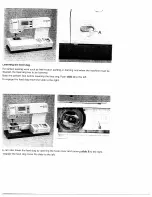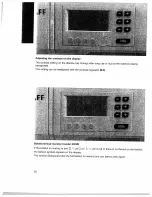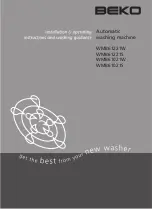Summary of Contents for tiptronic 2030 Instruction manual
Page 1: ...1 C C C 1 C C D 0 D B 0 C rf 0 D C II ...
Page 3: ... 1 iptronic 2040 4O 4t 42 43 4 5O c a a L a fl a a z itronic 2040 PFAFF ...
Page 18: ......
Page 37: ......
Page 51: ...H I I ...
Page 60: ......
Page 80: ......
Page 91: ......
Page 109: ...H 7 1 ç 1 3 41 H I 4 414 i 7 7 m 1 5 r 1 21 k 4 _ c ...
Page 110: ......
Page 129: ......
Page 137: ... ZPFAFF I 4O41 L j 5O ...

